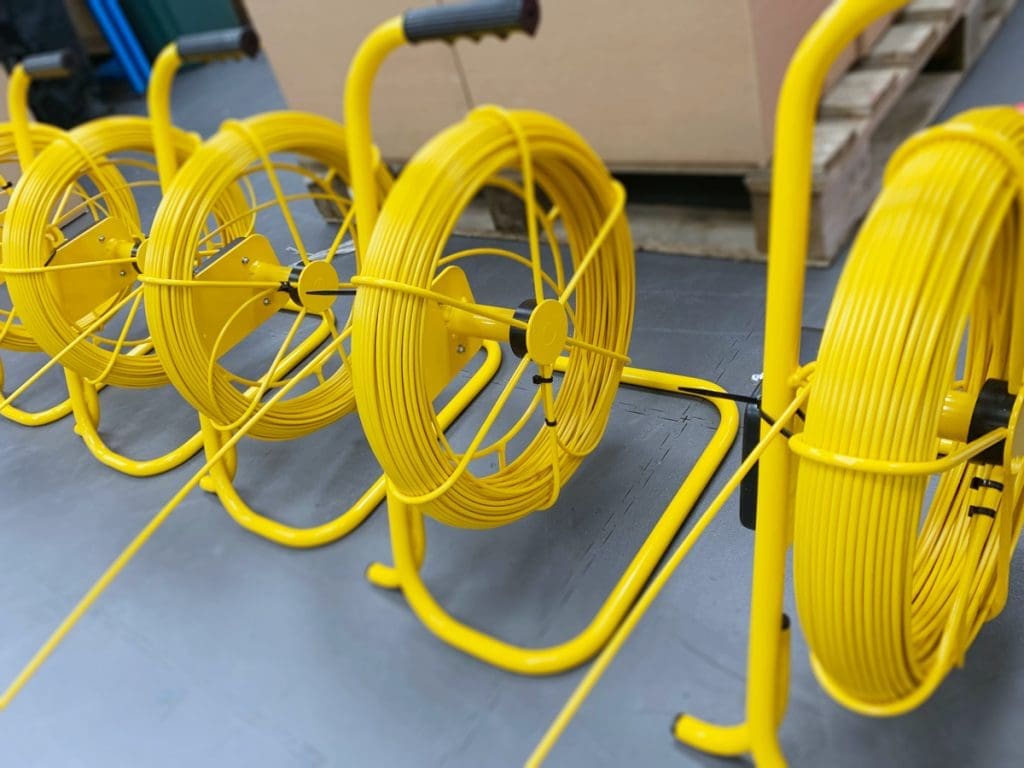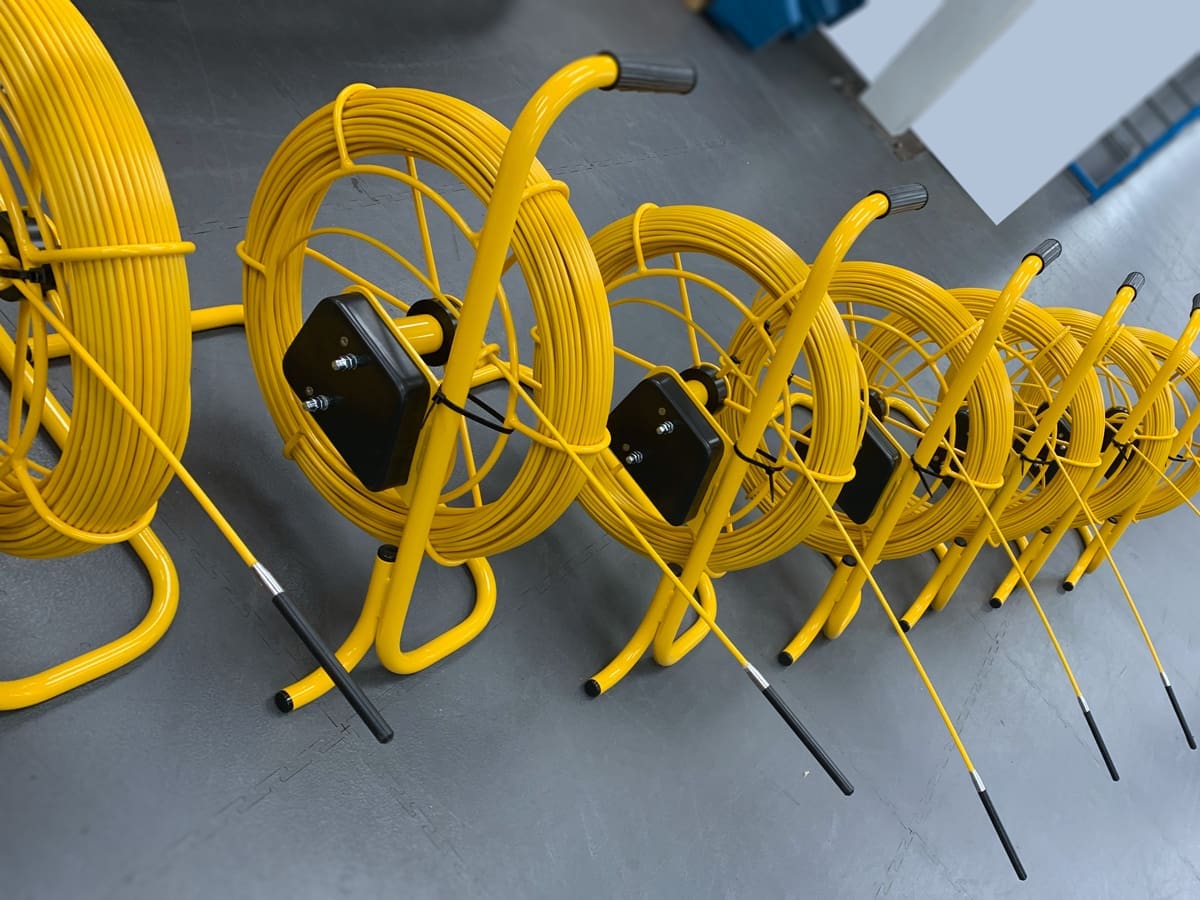In today’s digital age, where virtually every aspect of our lives revolves around technology, the need for high-speed data transmission has become more crucial than ever before. From our smartphones and laptops to our cars and homes, the demand for seamless connectivity and lightning-fast data transfer continues to grow. As a result, the development of high-speed data cable assemblies has been at the forefront of technological advancements. These assemblies play a vital role in ensuring the efficient and reliable transmission of data, enabling us to push the boundaries of what’s possible. In this article, we will delve into the basics of data cable assemblies, explore their evolution, discuss current trends, examine the challenges faced in their development, and look ahead to the future of this groundbreaking technology.
Understanding the Basics of Data Cable Assemblies
Data cable assemblies serve as the backbone of modern technology, connecting devices and facilitating the transfer of data. They consist of various components that work in tandem to ensure the smooth flow of information. The primary function of a data cable assembly is to transmit electrical or optical signals from one point to another. These assemblies come in a wide variety of types and designs, each tailored to meet specific needs and requirements. Understanding the role and components of data cable assemblies is essential to grasp the advancements being made in this field.
The Role of Data Cables in Modern Technology
From telecommunication networks to high-performance computing systems, data cables play a pivotal role in enabling the seamless transfer of information. They form the vital link between devices, ensuring that data can be transmitted accurately and at high speeds. Without data cables, the modern digital landscape would come to a halt, leaving us disconnected and unable to access the vast array of information available at our fingertips.
Key Components of Data Cable Assemblies
Data cable assemblies consist of several key components, each playing a crucial role in the transmission of data. The most fundamental element of a data cable assembly is the conductor, which carries the electrical or optical signals. Conductors are typically made of materials such as copper or fiber optics, depending on the specific requirements of the application. Other essential components include insulation to protect the conductor, shielding to minimize electromagnetic interference, and connectors to facilitate the connection with devices.

The Evolution of High-Speed Data Cable Assemblies
The history of high-speed data cable assemblies is a testament to human ingenuity and our relentless pursuit of technological progress. Over the years, there have been significant advancements in both the materials used and the design of these assemblies, leading to exponential improvements in data transmission speed and reliability.
The Journey from Copper to Fiber Optics
One of the most significant breakthroughs in the evolution of high-speed data cable assemblies was the transition from traditional copper conductors to fiber optics. Copper cables, while effective for many applications, have inherent limitations when it comes to transmitting data at incredibly high speeds over long distances. Fiber optic cables, on the other hand, utilize the properties of light to transmit data, allowing for faster speeds and greater bandwidth. This transition has revolutionized the way we transmit and receive data, paving the way for high-speed internet connections and enabling technologies such as streaming services and cloud computing.
The Impact of Technological Advancements on Data Transmission Speed
Technological advancements have played a significant role in pushing the limits of data transmission speed. With each passing year, breakthroughs in materials, design, and manufacturing processes have allowed for faster and more efficient data transmission. From improvements in the purity of fiber optic cables to the development of advanced signal processing techniques, these advancements have enabled us to achieve data transfer speeds that were once unimaginable.
Current Trends in High-Speed Data Cable Assemblies
As technology continues to evolve, so do high-speed data cable assemblies. Several current trends are shaping the landscape of these assemblies, revolutionizing the way we transmit and receive data.
The Rise of Multimode Fiber Cables
In recent years, there has been a significant shift towards the use of multimode fiber cables in high-speed data transmission. Multimode fiber cables allow for the transmission of multiple signals simultaneously, increasing bandwidth and data transfer speeds. This trend has been driven by the ever-increasing demand for faster and more reliable data connections, particularly in data centers and large-scale communication networks.
The Shift Towards Miniaturization in Cable Design
Another notable trend in high-speed data cable assemblies is the shift towards miniaturization in cable design. As devices become smaller and more compact, the need for cables that can accommodate these form factors has become increasingly important. Manufacturers are now focusing on developing ultra-thin and flexible cables that can deliver high-speed data transfer while fitting into the tight spaces found in today’s devices.
Challenges in Developing High-Speed Data Cable Assemblies
While advancements in high-speed data cable assemblies have been remarkable, they have not come without challenges. The development of these assemblies has been met with numerous hurdles that must be overcome to ensure optimal performance and reliability.
Balancing Speed and Signal Integrity
One of the primary challenges in developing high-speed data cable assemblies is striking the delicate balance between speed and signal integrity. As data transfer speeds increase, the risk of signal degradation also rises. Engineers must carefully design cable assemblies that can handle the high-speed transmission of data while maintaining signal integrity throughout the entire length of the cable.
Overcoming Physical and Environmental Constraints
Another considerable challenge in the development of high-speed data cable assemblies lies in overcoming physical and environmental constraints. Factors such as temperature, humidity, and electromagnetic interference can have a significant impact on the performance of these assemblies. Engineers must take these variables into account during the design and manufacturing processes to ensure that the cable assemblies can operate reliably in a wide range of conditions.
The Future of High-Speed Data Cable Assemblies
The future of high-speed data cable assemblies holds immense potential for further innovation and advancement. As technology continues to evolve at an unprecedented pace, so too will the capabilities of these assemblies.
Predicted Innovations in Cable Technology
Industry experts predict several exciting innovations in cable technology that will shape the future of high-speed data cable assemblies. These include the development of cables with even higher bandwidth and data transfer speeds, as well as advancements in cable materials and manufacturing techniques that will further enhance signal integrity and reduce potential sources of interference.
The Potential of Quantum Computing and Data Cables
Quantum computing is another area that holds immense promise for the future of high-speed data cable assemblies. As quantum computing technology continues to advance, the need for sophisticated data cable assemblies to facilitate the transfer of quantum information will become increasingly crucial. These assemblies will play a vital role in enabling the seamless flow of quantum data, opening up new possibilities in fields such as cryptography, drug discovery, and financial modeling.
Frequently Asked Questions
- What are the benefits of using fiber optic cables? Fiber optic cables offer numerous benefits over traditional copper cables. They provide faster data transfer speeds, greater bandwidth, and improved signal integrity. Additionally, they are immune to electromagnetic interference and can transmit data over longer distances without loss of quality.
- What are the challenges of miniaturizing high-speed data cable assemblies? Miniaturizing high-speed data cable assemblies presents several challenges. As cables become smaller, it becomes more challenging to maintain signal integrity and prevent interference. Additionally, miniaturization can result in increased heat dissipation, which needs to be carefully managed to ensure optimal performance.
- How do data cable assemblies impact data transmission latency? Data cable assemblies can have a significant impact on data transmission latency. Factors such as cable length, signal quality, and the design of connectors can all affect the latency of data transmission. Ensuring high-quality cable assemblies with proper signal integrity can help minimize latency and improve overall data transmission speeds.
- What future applications do high-speed data cable assemblies hold? The future applications of high-speed data cable assemblies are vast and far-reaching. They will continue to play a crucial role in enabling technologies such as autonomous vehicles, augmented reality, and the Internet of Things. Additionally, they will be instrumental in facilitating advancements in fields such as healthcare, aerospace, and scientific research.
- How can data cable assemblies contribute to a greener future? Data cable assemblies have the potential to contribute to a greener future through various means. By enabling faster data transmission speeds, they can facilitate the development of energy-efficient technologies and reduce energy consumption. Additionally, advancements in cable materials and manufacturing processes can help minimize environmental impact and promote sustainability.
In conclusion, high-speed data cable assemblies have come a long way since their inception, laying the foundation for the digital world in which we live today. As technology continues to evolve, these assemblies will continue to push the limits of what’s possible, enabling us to achieve faster and more efficient data transmission. From the transition to fiber optics to the rise of new materials and design trends, the advancements in high-speed data cable assemblies have revolutionized the way we connect and communicate. As we look to the future, the potential for further innovation and discovery in this field is both exciting and limitless.
If you’re inspired by the potential of high-speed data cable assemblies and want to ensure your projects are at the cutting edge of connectivity and performance, Cornelius Electronics is your ideal partner. With over 40 years of expertise in the industry and a state-of-the-art 50,000 square foot facility, we are dedicated to providing tailored solutions that meet the precise needs of our clients. As the UK’s emerging commercial broker for high-quality components, we invite you to get in touch with us to explore how our wiring harnesses, cable assemblies, and system integration services can contribute to the success of your technological endeavors.

